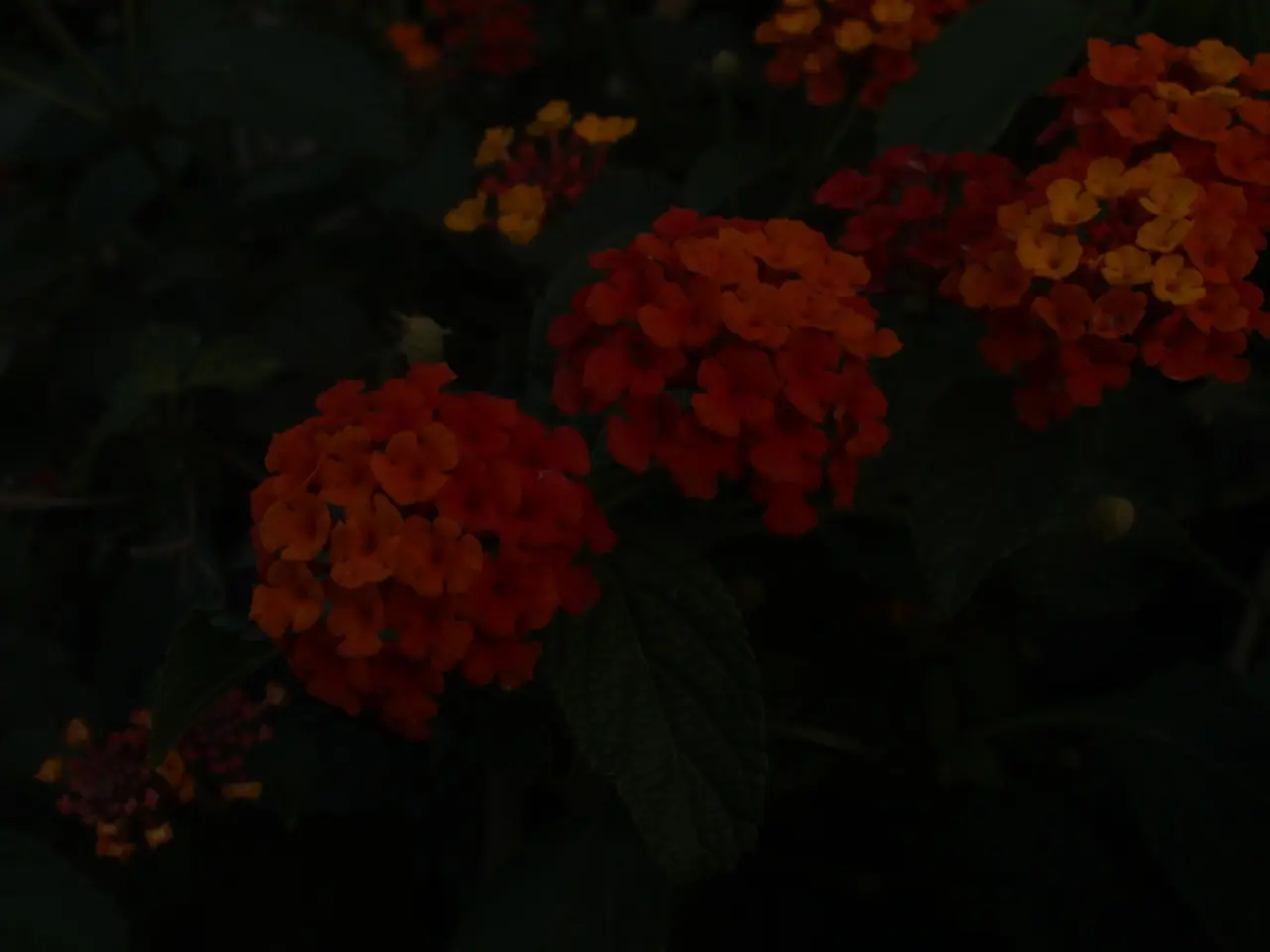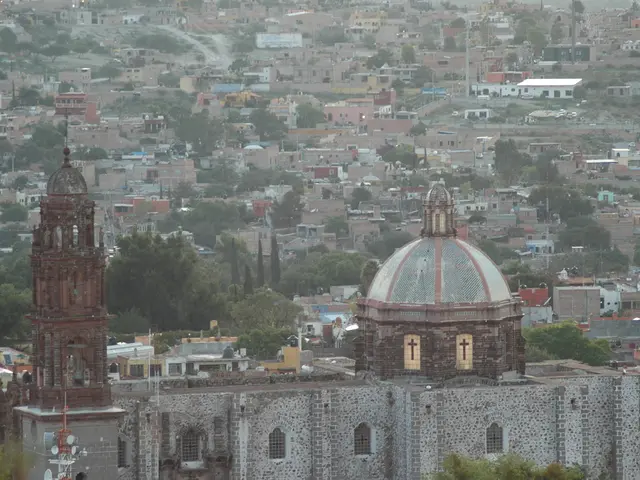Environmental Impacts of Short-Lived Blooms: An Examination of Cut Flowers
In the vibrant world of horticulture, the global flower industry has undergone a significant transformation over the past few decades. This transformation, marked by a shift from domestic production to importing flowers from countries like Colombia, Ecuador, Kenya, and Ethiopia, has reshaped the landscape of flower farming and distribution.
The Netherlands, once the world's largest producer of cut flowers, now finds itself sharing the spotlight with these emerging nations. The change was facilitated by trade agreements such as the 1991 Andean Trade Preference Act, which eliminated tariffs on imports, including cut flowers, from Colombia, Bolivia, Peru, and Ecuador. This move paved the way for an influx of imports, with the U.S. beginning to import flowers from Colombia in 1965.
Fast forward to today, and approximately 75% of cut flowers sold in the United States originate in Colombia. During peak season, about 30 to 35 fully loaded planes fly from Bogotá to Miami each day to meet the demand of the U.S. market. This heavy transportation footprint, however, comes with environmental consequences.
The transportation of imported flowers is the main environmental impact, with flowers traveling between 1,500 to over 4,000 miles before they're sold at grocery stores in the United States. In contrast, in Europe, Kenya supplied nearly 40% of its cut flowers in 2017. This long-distance travel contributes to carbon emissions, a concern that has led some to question the sustainability of this globalized flower industry.
However, not all is doom and gloom. Efforts are being made to address these environmental concerns. Farms in Colombia have started to shift to more responsible water and pesticide use. Carmen Parrado Moreno of Universidad Jorge Tadeo Lozano in Bogotá has conducted environmental life-cycle assessments for flowers produced on Colombian farms, comparing the impacts of flowers produced on a conventional farm with a Florverde-certified farm.
Meanwhile, in the United States, initiatives like Slow Flowers: Reviving Domestic Flower Farms are gaining traction. Many flower growers in the States are practicing season extension, using little or no additional energy during production. Additionally, several organizations are addressing the repurposing of discarded flowers from weddings and galas before they reach landfills.
In an effort to bridge the gap between buyers and growers, physical markets like the Seattle Wholesale Growers Market are connecting local growers with florists. An online directory was created in 2014 to link florists with local growers of organic, seasonal flowers, further promoting the growth of local flower farming.
The tariff-free flower trade was made permanent in 2012 with the U.S.-Colombia Trade Promotion Agreement. Despite this, low-cost imports now supply nearly all of the flowers available at U.S. supermarkets. However, as awareness about the environmental impact of long-distance travel grows, it remains to be seen whether the pendulum will swing back towards local and sustainable flower farming.
In conclusion, the global flower industry has undergone a significant transformation, with a shift from domestic production to importing flowers from countries like Colombia, Ecuador, Kenya, and Ethiopia. While this change has brought about economic benefits, it has also raised environmental concerns. Efforts are being made to address these concerns, and the future of the industry will likely involve a balance between global trade and local, sustainable farming.
Read also:
- Crisis in a neighboring nation: immediate cheese withdrawal at Rewe & Co, resulting in two fatalities.
- United Kingdom Christians Voice Opposition to Assisted Dying Legislation
- Democrats are subtly dismantling the Affordable Care Act. Here's the breakdown
- Antisebum skincare products (cream, cleanser, and moisturizer) advocating for self-acceptance and skin confidence.






